Hey all,
Well, as I’m sure you’ve surmised by the title, this article seeks to caution those of you who are looking at buying your first gun. Now, this applies to all of us to some extent, but I feel that the dangers addressed here are most often, and most strongly, encountered by first-timers.
So, allow me to share with you some information to, let us say, establish my credibility. I am, at the time of writing, a twenty-year-old college student. I’ve loved guns all of my life, with even my earliest memories involving firearms in some shape or form. I fired my first gun at age sixteen, the same day that I was given my first gun. It was a Remington 511-X, and I still have it and love it. The following year, I was gifted a Remington 870, and I have shot that gun more than anything else. By age nineteen, in the summer of 2019, these were still the only two guns that I had to my name. Now, these two weapons were, and still are, fine, functional firearms, but they lacked something; and that something was military history. I’ve never been all that interested in civilian firearms, they just don’t excite me like surplus guns do. That summer, I decided I would purchase a gun for myself for the first time. Now there were reasons for this beyond simply wanting to expand my collection, principally I had just had a rather rough spring and decided that one way that I could help myself feel better and start back on the path of a happy life would be to focus some of my energy into my passion for historical firearms.
So, now that we have some context as to my background so that you know I’m not just pulling out stories from the ether, let’s get into the meat, shall we?
My journey towards my first firearms purchase started, as you would probably expect, with a trip to my local gun store. I approached the well-crafted wooden building not with a goal to buy, but to browse. While I was excited beyond words at the prospect of buying a new gun, I was at the very least wise enough to know that I shouldn’t just run out and buy something with my very limited college-boy funds. So, with a predetermined goal, I entered the store. I surveyed the area. Beyond the shelves full of colorful boxes of overpriced ammunition that stood directly in front of me, resided a glass counter full of handguns. Not what I was here for. To my left was another counter for handling transactions; again, not today. Past the pistols and up a short ramp was a room filled with racks of long arms: bingo. As I took a few steps within this wonderous place, an employee, not much older than myself, asked if I needed any help. In retrospect, he probably did so because I probably didn’t look like I belonged in the slightest. This nineteen-year-old redhead in a Bob Ross shirt probably stuck out like a sore thumb amongst the other patrons, with decades worth of experienced wrinkles and snow-colored hair.
In a sort of excited daze, I replied with something along the lines of, “You got any milsurps?”. The gentleman, who seemed a little thrown off by my inquiry, guided me into the next room. Past the ARs, AKs and the rows upon rows of sporting rifles and shotguns, he took me to the far corner of the room, where a small rack of old and neglected rifles resided. My heart exploded into a flurry of palpitations. With a dismissive gesture, the employee said, “This is pretty much all we have.” Clearly, he did not share my passion, though I don’t blame him. We milsurp junkies are a very strange and fervent bunch. As the employee left me to browse at my own leisure, I surveyed the lot. Several Krags, all sporterized, a real shame. A Czech Mauser that was a couple hundred dollars too rich for my blood. Maybe someday. A Mosin-Nagant? No, not for my first, I’m more interested in German stuff anyhow.
Arisaka? Nope, too hard to get ammo.
Schmidt-Rubin? Nah, it just doesn’t speak to me.
M1917 Enfield? Possibly, if Bubba hadn’t taken a saw to it.
As I started to run out of prospective rifles, I narrowed it down to two options: a 1917 dated Carcano Artillery Carbine, and a Gewehr 1888/05/14. Now, I grown to really admire both of these rifles thanks to C&Rsenal, especially the Gewehr 1888. However, the Carcano was wartime production, which I thought was really cool, and priced at around $100 less. I had some thinking to do.
Nevertheless, I was satisfied that I had narrowed my options down to two guns, and so I left the store to spend a few days or so mulling it over. I re-watched some videos, did some light Google work, and eventually set myself on the Carcano. A week or so later I visited the store again, this time with the intent to put the Carcano on layaway. As I walked back to that neglected corner of the shop, I picked up that Carcano again. However, I noticed somethings that slipped past my excited mind the last time I held it in my hands. Two particular details stuck out upon a more objective inspection. Firstly, the bolt was incorrect for a carbine, having been taken from a long rifle at some point in the past. Secondly, the extractor was broken, having been lost to time for who knows how long.
As disappointment washed over me, my heart sank. I was so set on this gun, but I had no desire to spend hundreds of dollars on a gun that wouldn’t even extract a cartridge. As I set the carbine back on the rack, my eyes fell once again on that 1888. I grabbed it and took note of its features. The condition was quite good, though I doubt the picture I used as the thumbnail shows it (I’m no photographer). It had a notch in the receiver so that spitzer rounds would feed from a stripper clip properly, and the bolt matched the gun. Most of the receiver markings were worn away, but one thing that still stood out was a prominent Turkish crescent and star. The bolt felt surprisingly smooth, and while it was long, it didn’t feel overly heavy to me. In that moment, I decided to ditch the Carcano, and go with the 1888 instead. With a smile on my face, I put the rifle on layaway. No questions asked, no negotiation, just me handing over my credit card and signing some forms before leaving.
As a few weeks passed, I saved up the rest of the money to pay for the gun. I eagerly talked with my coworker, Pat. Decades older than me, and an experienced shooter, he shares my passion for milsurps. When I excitedly told him about the Gewehr, he asked if I had checked if the rifle was bored out for .323 diameter bullets. I stared at him, a pang of regret filling my stomach. I rationalized that since the receiver was notched, it was definitely bored out. He cautioned me that isn’t necessarily the case, and so on my break I called the shop. I asked about the bore diameter, but the employee wasn’t sure. She attempted to chamber a standard 7.92x57mm round in the gun to no avail, and for better or for worse I had my answer. She told me that I could just cancel the layaway without any penalty, but in a moment of disappointment and misplaced determination, I declined. I was dead set on that gun.
A couple of weeks later, I paid the rest of the money in full and received my rifle. I was thrilled. Sure, I couldn’t just buy a box of 8mm and shoot it, but it still embodied everything I love about milsurps. The archaic concepts, the strange ideas, the fascinating stories, this gat had it all. More importantly, I had bought a gun for the first time in my life, and I was indescribably proud.
As time passed, and my euphoria waned, I started to look into ways to feed the darn thing. I couldn’t find any ready-made .318 online, and actually looked around for a bit at having it bored out. I even emailed Othais at C&Rsenal, and while his reply was informative and appreciated, I still wasn’t sure what to do. In the end, I just couldn’t bring myself to alter the gun in such a way, it just felt wrong.
To this day, I still haven’t fired that rifle. I lack the space to handload, and as I mentioned before premade ammo is nowhere to be found. As I sit here, reflecting on my escapades as a first-time gun buyer, I notice several mistakes that I made in the process, mistakes that I hope to help others avoid.
Firstly, I became too emotionally attached. It happened with both the Carcano and the Gewehr 88. I mention this first because it had a hand in all my other mistakes as well. I failed to remember that these were just objects, and that there were quite a lot of both guns produced, and that they were by no means unique. With both rifles, when they turned out to not be what I bargained for, I should have just accepted it and reassessed. Instead, I became fixated on buying something for myself, a troublesome case of “No, I want that one.”
Secondly, I did not do my due diligence. I read no books, and instead relied on YouTube videos and forums, even when those very videos were telling me to invest in reference books. Because of that, I got burned in a couple ways. Firstly, there was the aforementioned chambering issue. Secondly, there was the fact that the Gewehr 1888/05/14 was, in fact, a Gewehr 1888/05/14/35, and I’m frankly iffy on that designation as the chamber muddies the waters a bit. My preparation was so poor that I didn’t even notice that the stock was blatantly different from any other Gewehr 88.
Finally, I made no attempt to negotiate the price. This is due in part to the fact that I have an anxiety disorder, and in part because I am a non-confrontational person in general. I felt really uneasy about haggling, I was afraid that I would mince my words, that my low confidence would show, or that I would in some other way embarrass myself. I became so fixated on these fears that I neglected to recognize that this was in fact an opportunity for me to grow as a person, as well as learn a valuable skill. Now, overcoming anxiety, especially if you have a disorder, is much easier said than done. However, I have learned that it is by taking these opportunities to push yourself outside of your comfort-zone that you grow and become better at facing such adversity. Unfortunately, that is the only insight I can really give, as I have yet to overcome this hurdle myself. If you need more, I strongly encourage you seek out advice from other, more experienced people in the community. I have found that a lot of these folks are more than willing to pass the knowledge down, so don’t be afraid to ask.
In retrospect, I definitely should have done some things differently. I should have done proper research, and then used that knowledge to my advantage by negotiating the price on the rifle. I could have taken the price down a bit if I had known that the chamber wasn’t bored out. More than anything, I shouldn’t have let myself get so attached and fixated on both guns. I think that many of us are guilty of this to an extent. Heck, even Ian McCollum has admitted to doing this even after decades in the hobby, so it’s probably bound to happen to everyone. Just try to minimize how often it happens as well as its impact. Remember, guns are just objects. Radical objects, yes, but still objects. That gun that you just have to have is far from unique. And, if by some outlandish set of circumstances, the first gun you’re buying is the only one in existence, you need to start way smaller.
Now, this is not a guide to how to buy your first gun, nor is this all objective. I just want to help newbies like myself, and to keep them from making as many mistakes as I did. Still, whatever you do, you’re still going to do something wrong, and that’s okay. Think of it as a rite of passage. Don’t beat yourself up too much, just learn what you can from it and move on. I made plenty of mistakes with my first purchase, but I don’t regret it. Yes, I regret some of the choices that I made in the process, but at the end of the day I learned a lot, and got a neat shooter too.
If any of you more experienced folk out there are reading this and have some wise words, please feel free to share your insight. I love when people share their knowledge, as it only serves to better the community as a whole.

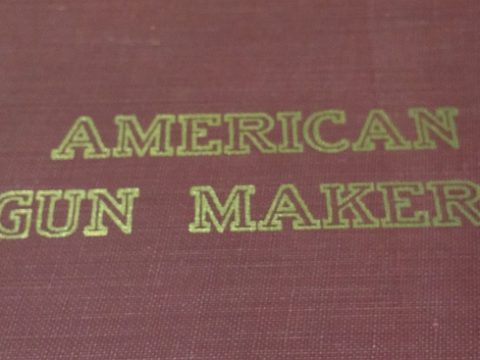
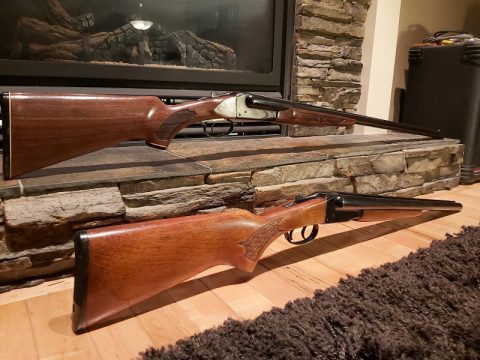
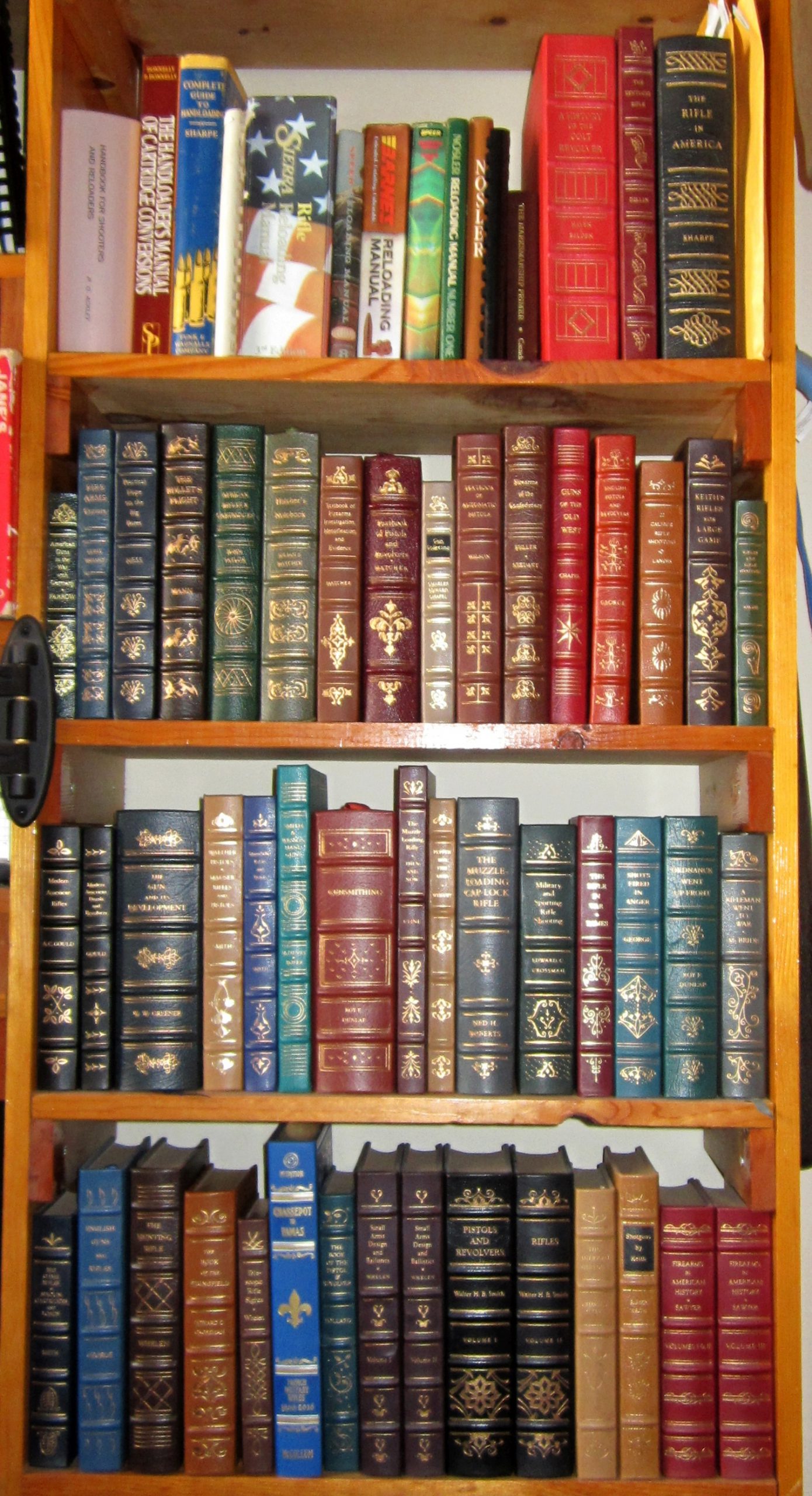
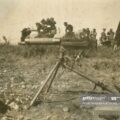
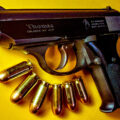
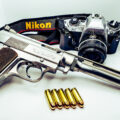
In my income bracket, old guns tend to be more of a journey than a one-and-done purchase. Here’s a rundown of my last four milsurps:
Exhibit one — a Romanian Mosin carbine that was complete, matching and in good condition; nothing needed except a replacement buttplate (it had a rubber pad fitted). I paid about what it was worth. Ho hum.
Exhibit two — an unpitted M1 Garand with numerous mismatched components, in a 3F stock (fit for firewood), a Blue Sky marked barrel and a number of small functional issues. I replaced the stock with a new Italian-made one from Sarco, bought a new 7.62 NATO Criterion barrel from GPC and sent the rifle to the CMP custom shop to have it fitted. Looks almost new now. I got a good deal on the rifle and ended up paying slightly less than the refurbished rifle would now sell for.
Exhibit three — a Lee Enfield No.4 Mk.I in a commercial plastic sporter stock, no rear sight and barrel cut back about an inch to remove the bayonet lugs. To return this to military trim, I would either have to replace the barrel and stock plus furniture, or I could settle for a faux ‘jungle’ conversion. I went the latter course, with about $250 in conversion parts from GPC. Final result is quite pleasing to me but won’t fool even a casual expert, and cost me more than it is worth. Love it, don’t care about its value.
Exhibit four — a rather well-preserved Winchester P-14, which had been used as a sporter without altering the metalwork. I purchased another new Italian-made stock from GPC, along with various necessary bits of stock furniture from wherever I could. Rifle now looks properly military and shoots great, and would sell today for roughly the same as my investment in it. Also love it, don’t care about its value.
Does the preceding impart any particular lessons others can learn from? Sure: don’t do what I did if you see old arms as investments. They are a hobby for me, and have been the past 40 years. If you’re making money, it isn’t really a hobby.